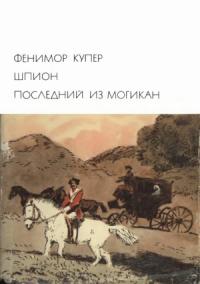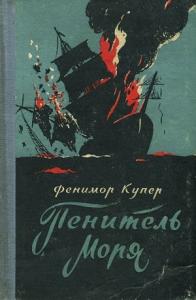
The Last of the Mohicans; A narrative of 1757 - The Original Classic Edition скачать fb2
Джеймс Фенимор Купер - The Last of the Mohicans; A narrative of 1757 - The Original Classic Edition краткое содержание
James Fenimore Coopers novel The Last of the Mohicans (subtitled A Narrative of 1757), is a remarkable book for many reasons. First published in 1826, the book represents an early attempt to create substantial literary art from the material of North American history and geography. Although the book has its flaws, it is for the most part a success. <p> In the novel, the white woodsman Hawk-eye and his Mohican Indian comrade Chingachgook join forces to help the daughters of a white military officer through hostile territory. The story takes place in a colonial American setting marked by conflict between French and English forces – a conflict that also involves various Indian nations. <p> There are a number of exciting (and often graphically violent) scenes of battle and chase. Hawk-eye, a white man who, to a large degree, rejects European-American values, is a fascinating figure – indeed, he is one of the most enduring fictional creations in all of United States literature. Through the mouths of Hawk-eye and the various Indian characters, Cooper offers some intriguing criticisms of white culture. <p> As I said, the book is not without flaws. The momentum of the book lags for a brief stretch, and some of Coopers characters (in particular, his women) at times sound a bit stereotypical. But the overall power and intelligence of Coopers work is undeniable. Particularly impressive is his re-creation of a multilingual world of complex cultural and personal conflict. Also noteworthy is his evocation of the American landscape. A tale of death and survival, of betrayal and loyalty, and, above all, of the extraordinary bond between a white man and an Indian, The Last of the Mohicans is one classic that deserves to be read and reevaluated by each generation.
Чтобы оставить свою оценку и/или комментарий, Вам нужно войти под своей учетной записью или зарегистрироваться







